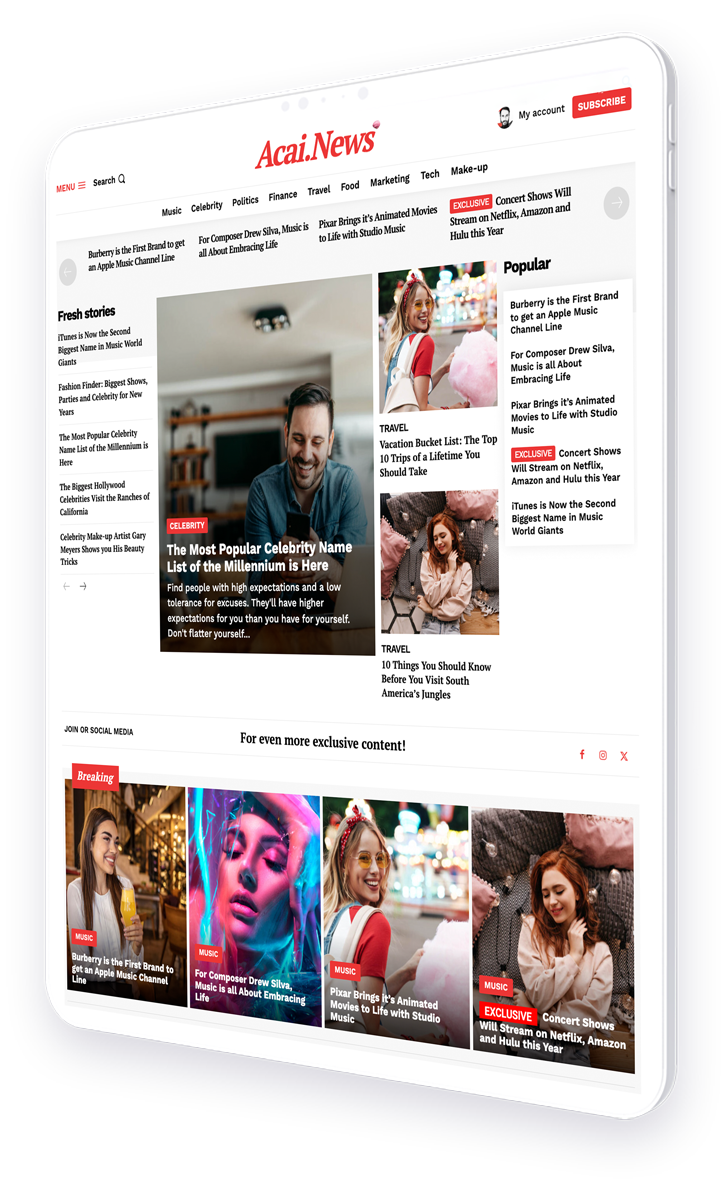Examining AI’s role in establishing brands as industry thought leaders through corporate magazines
In recent years, artificial intelligence (AI) has made significant strides in various fields, including content creation. As businesses strive to establish themselves as industry thought leaders, the question arises: Can AI-generated content truly influence industries and establish brands as thought leaders? This article delves into the role of AI in creating industry-influencing content, particularly through corporate magazines, and examines whether machines can indeed lead the charge in thought leadership.
The Evolution of AI in Content Creation
AI’s journey in content creation began with simple tasks such as grammar checking and evolved into more complex roles like generating entire articles. Today, AI tools can produce content that is not only coherent but also engaging and informative. This evolution has been driven by advancements in natural language processing (NLP) and machine learning algorithms.
AI-generated content is now being used in various forms, including:
- Blog posts
- Social media updates
- News articles
- Corporate magazines
AI in Corporate Magazines: A New Frontier
Corporate magazines have long been a tool for companies to showcase their expertise and establish themselves as thought leaders. With the advent of AI, these publications are undergoing a transformation. AI can assist in various aspects of magazine production, from content generation to layout design.
Some of the ways AI is being utilized in corporate magazines include:
- Generating articles based on data analysis and trends
- Personalizing content for different audience segments
- Optimizing headlines and subheadings for SEO
- Designing visually appealing layouts
Case Studies: AI-Driven Thought Leadership in Action
Several companies have already begun leveraging AI to enhance their thought leadership efforts. Here are a few examples:
- Forbes: The renowned business magazine uses AI to generate earnings reports and other financial content, allowing their human writers to focus on more in-depth analysis and opinion pieces.
- Associated Press: AP has been using AI to automate the production of news stories, particularly in areas like sports and finance, where data-driven reporting is prevalent.
- HubSpot: This marketing software company uses AI to personalize content recommendations for its readers, enhancing engagement and establishing itself as a thought leader in the marketing industry.
Benefits of AI-Generated Thought Leadership
AI-generated content offers several advantages for companies looking to establish themselves as thought leaders:
- Efficiency: AI can produce content at a much faster rate than human writers, allowing companies to publish more frequently and stay relevant.
- Data-Driven Insights: AI can analyze vast amounts of data to identify trends and insights that can inform content creation, ensuring that the content is both timely and relevant.
- Cost-Effectiveness: By automating certain aspects of content creation, companies can reduce costs associated with hiring and training human writers.
- Consistency: AI can maintain a consistent tone and style across all content, reinforcing the brand’s voice and messaging.
Challenges and Limitations of AI in Thought Leadership
Despite its advantages, AI-generated content also faces several challenges:
- Lack of Creativity: While AI can generate coherent and informative content, it often lacks the creativity and nuance that human writers bring to the table.
- Ethical Concerns: The use of AI in content creation raises ethical questions about authorship and the potential for bias in AI-generated content.
- Dependence on Data: AI relies heavily on data to generate content, which can be a limitation if the data is incomplete or inaccurate.
The Future of AI-Generated Thought Leadership
As AI technology continues to evolve, its role in thought leadership is likely to expand. Companies that embrace AI-generated content will be better positioned to stay ahead of industry trends and establish themselves as leaders in their fields. However, it is essential to strike a balance between AI and human creativity to ensure that content remains engaging and authentic.
For more insights on the impact of AI on content creation, you can visit Forbes.
Conclusion: The Role of AI in Shaping Industry Thought Leadership
In conclusion, AI has the potential to revolutionize the way companies approach thought leadership. By leveraging AI-generated content, businesses can enhance their efficiency, gain data-driven insights, and maintain consistency in their messaging. However, it is crucial to address the challenges and limitations associated with AI to ensure that content remains authentic and engaging.
Ultimately, the key to successful thought leadership lies in finding the right balance between AI and human creativity. As AI technology continues to advance, companies that embrace this balance will be well-positioned to lead their industries and influence the future of thought leadership.




